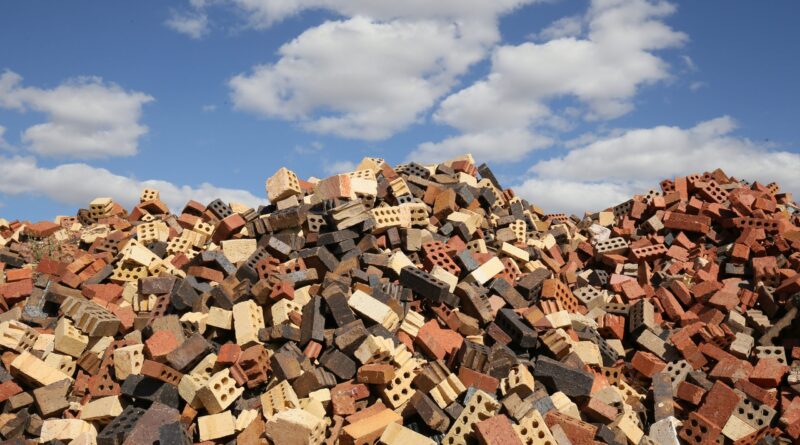Construction waste encompasses any materials generated during building, renovation, or demolition projects. From concrete and wood to metals and packaging materials, these byproducts require proper management to minimize environmental impact. Understanding what qualifies as construction waste can help you better plan your project and ensure responsible disposal. Let’s explore the different types of construction waste and how to identify them.
Spis treści:
Common Types of Construction Waste
Construction sites typically generate several categories of waste materials. The most common include concrete, bricks, and other masonry materials that often make up the bulk of construction debris. Wood waste comes from framing, temporary structures, and packaging. Metal waste includes steel reinforcement bars, aluminum siding, copper wiring, and various metal fixtures. Additionally, you’ll find drywall, insulation materials, and roofing materials among the typical waste streams from construction activities.
Hazardous Construction Materials
Some construction waste requires special handling due to its hazardous nature. These materials can include asbestos from older buildings, lead-based paint, treated wood, solvents, and chemical containers. You should always identify these materials before beginning a project, as they need specific disposal methods to comply with environmental regulations and protect human health. Professional assessment might be necessary when dealing with buildings constructed before certain hazardous materials were banned in construction.
Packaging and Temporary Materials
Construction projects generate significant amounts of packaging waste. This includes plastic wrapping, cardboard boxes, pallets, and protective materials used to transport building supplies. Temporary materials like concrete forms, scaffold planks, and barrier materials also become waste once the project completes. While these materials might seem minor compared to structural waste, they can accumulate quickly and should be included in waste management planning.
Recyclable Construction Waste
Many construction materials can enter the recycling stream instead of landfills. Clean wood can become mulch or engineered wood products. Metals have high recycling value and should always be separated from general waste. Concrete and masonry can be crushed and used as aggregate in new construction projects. Even some plastics and packaging materials can find new life through proper recycling channels. Understanding which materials are recyclable helps reduce the environmental impact of construction activities.
Soil and Vegetation Waste
Site preparation often generates significant amounts of soil and vegetation waste. This can include excavated soil, rocks, tree stumps, and cleared vegetation. While natural materials, they still require proper management. Clean soil can often find use in landscaping or as fill material on other construction sites. Vegetation might become compost or mulch. However, contaminated soil requires special handling and disposal methods to protect the environment.
